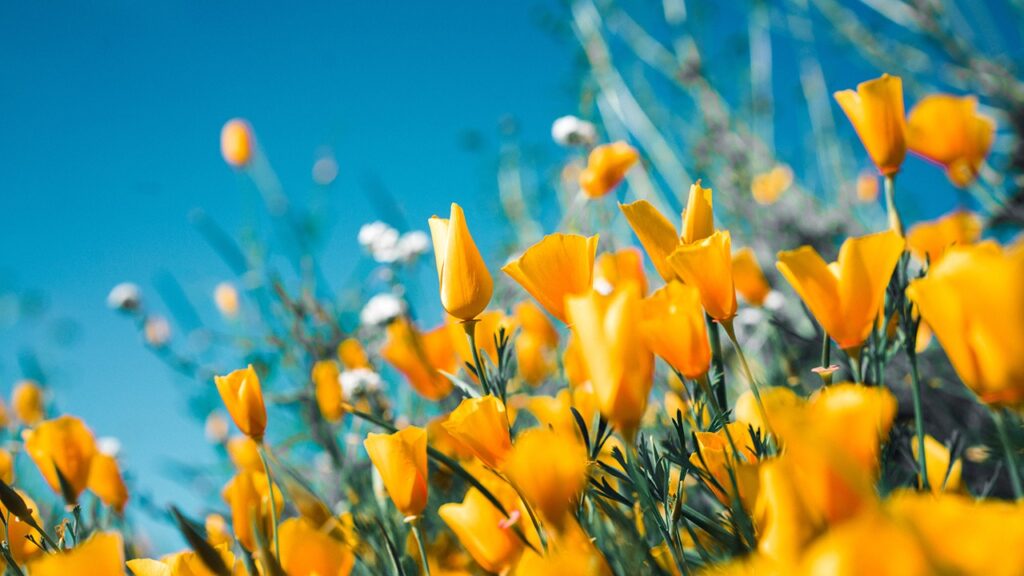Even if the weather outside is still “frightful”, the vernal equinox marks the official start of the spring season.

Vernal refers to “new” and “fresh,” and equinox is derived from the Latin, aequus (equal) and nox (night).
So, essentially, the hours of daylight, the period of time each day between sunrise and sunset, have been growing slightly longer each day since the winter solstice in December, which is the shortest day of the year (in terms of light). In many cultures spring has been celebrated with rites and festivals revolving around its importance in food production. In European languages, the concept of spring is associated with the sowing of crops. During this time of the year all plants, including cultivated ones, begin growth anew after the dormancy of winter. Animals are greatly affected, too: they come out of their winter dormancy or hibernation and begin their nesting and reproducing activities, and birds migrate poleward in response to the warmer temperatures.
